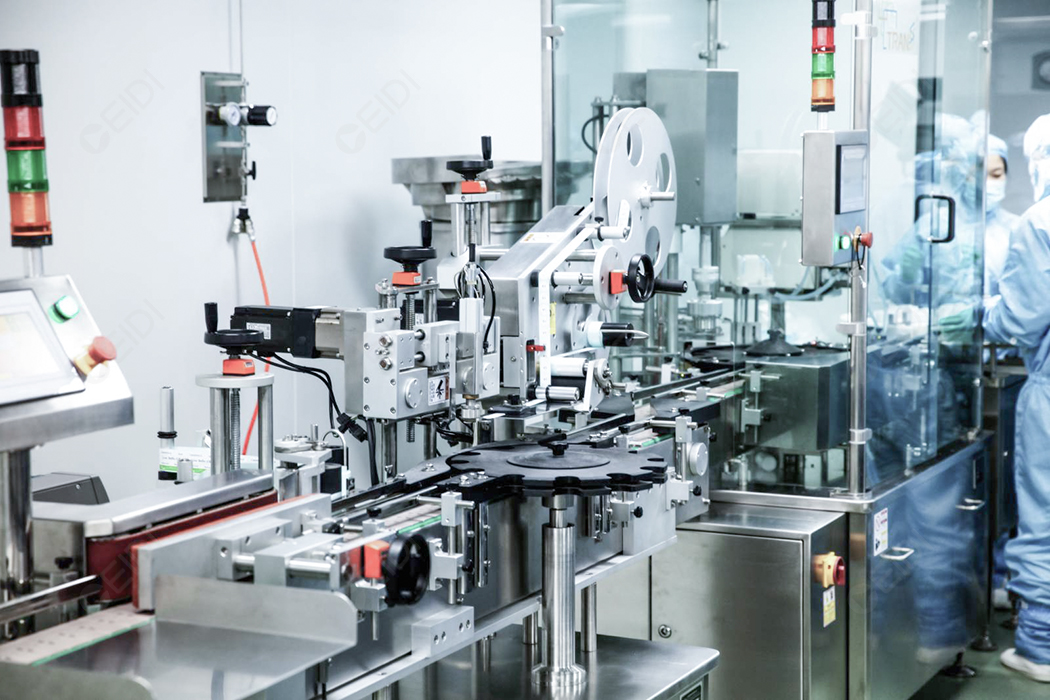Welcome to the official website of Xidi laboratory, the laboratory design and decoration recognize Xidi!
|
|
Home >> News >> Technology
文章出处:Technology|阅读量:753|发表时间:2021-03-12
Aviation precision parts processing is mainly engaged in processing materials/blanks into precision parts through sheet metal/machines, and then assembling the parts into parts and delivering them to the OEM, while providing auxiliary tooling and fixtures for parts processing. As a key technology in the equipment manufacturing industry, precision manufacturing technology has long been listed as the focus of product development and technology application by countries all over the world. At present, the Key Laboratory of Aviation Science and Technology of my country's Precision Manufacturing Technology relies on the Beijing Institute of Aeronautical Precision Machinery. It is guided by the mission requirements of national key projects and models, and closely focuses on the scientific research and production tasks of aviation weapons and equipment. In addition, there are some civil aviation parts. The production and processing plant also undertakes functions such as precision and ultra-precision processing, precision measurement, and intelligent manufacturing.

With the continuous expansion of the scale of the commercial aviation industry, the modern aviation industry's large-scale production is more sensitive to cost and efficiency. In the past, the supporting forms of parts and components independently undertaken by major OEMs can no longer adapt to the development trend of specialization and standardization. The manufacture of many aviation precision parts is developing towards the commercial market. At this time, the clean room/clean room that undertakes precision manufacturing will play a huge role. Clean technology and clean production environment play a very important role in industrial production. In the aviation high-precision parts processing industry, due to its scientific test function requirements and high-tech production processes, higher standards have been put forward for the precision, miniaturization, high purity, high quality and high reliability of such products. The cleanliness of the production environment not only affects the physical and mental health and comfort of personnel in production and processing activities, but also affects production efficiency and product quality.
We know that there are 6 main levels of clean and dust-free workshops, and the areas used by each level will be different.
1).The dust-free workshop of this level is mainly used in the microelectronics industry for manufacturing integrated circuits, and the precision requirements for integrated circuits are sub-micron.
2).Class 10 dust-free workshops are mainly used in the semiconductor industry with a bandwidth of less than 2 microns.
3).The 100-level clean room can be used for aseptic manufacturing processes in the pharmaceutical industry. This clean room is widely used in the manufacture of implants such as internal objects, surgical operations, including transplantation operations, the manufacture of integrated devices, and those that are resistant to bacterial infections. Isolation treatment for particularly sensitive patients, such as isolation treatment after bone marrow transplantation.
4) The dust-free workshop of class 1000 is mainly used for the production of high-quality optical products, as well as for testing, assembling aircraft serpentine instruments, and assembling high-quality miniature bearings.
5). The 10,000-class dust-free workshop is used for the assembly of hydraulic equipment or pneumatic equipment, and in some cases it is also used in the food and beverage industry. In addition, the 10,000-class dust-free workshop is also very commonly used in the medical industry.
6). 100,000-class 100,000-class dust-free workshops are used in many industrial sectors, such as the manufacture of optical products, the manufacture of smaller components, the manufacture of large electronic systems, the manufacture of hydraulic or pneumatic systems, the production of food and beverages, and medical , The pharmaceutical industry also often uses this level of dust-free workshop.
For the thousand-level dust-free workshop of the aviation precision parts processing industry, the amount of fine dust is controlled within 1000 per cubic meter. At the same time, in order to prevent the clean space from being polluted by the outside, there are also requirements on the indoor pressure difference, which usually requires internal pressure (static pressure). )>external pressure (static pressure); space pressure with high cleanliness requirements> space pressure with low cleanliness requirements; the direction of the clean room door should open to a room with high cleanliness level. The general decoration design standards and reference practices are as follows:The decoration design standard of the thousand-level purification workshop for aviation precision parts processing
1.The building of a thousand-level purification workshop is usually divided into two types: civil structure and assembly type. The assembly type is more common. It mainly includes the air-conditioning return air system, exhaust system and others composed of primary, intermediate, and advanced air filters. Supporting system.
2.Requirements for setting indoor air parameters in a thousand-level purification workshop:
①Temperature and humidity requirements: the temperature is generally 24+2℃, and the relative humidity is 55+5%.
②Fresh air volume: 10-30% of the total air supply volume in a non-unidirectional flow clean room; compensate for the amount of fresh air required for indoor exhaust and maintain the positive pressure value in the room; ensure that the amount of fresh air per person per hour in the room is ≥40m3/ h.
③Air supply volume: to meet the cleanliness and heat and humidity balance in the dust-free workshop.
CEIDI Xidi designer said: The aerospace precision parts processing process is in accordance with the high-precision production management system, from material handling to manufacturing procedures, from equipment costs to start-up and operation are the implementation of the most stringent technology and regulations. When the product involves aerospace equipment, precision parts processing and manufacturing, when we design the clean workshop, we will calculate the dust-proof, fire-proof, heat-preserving, anti-static materials and scope of each area more accurately.